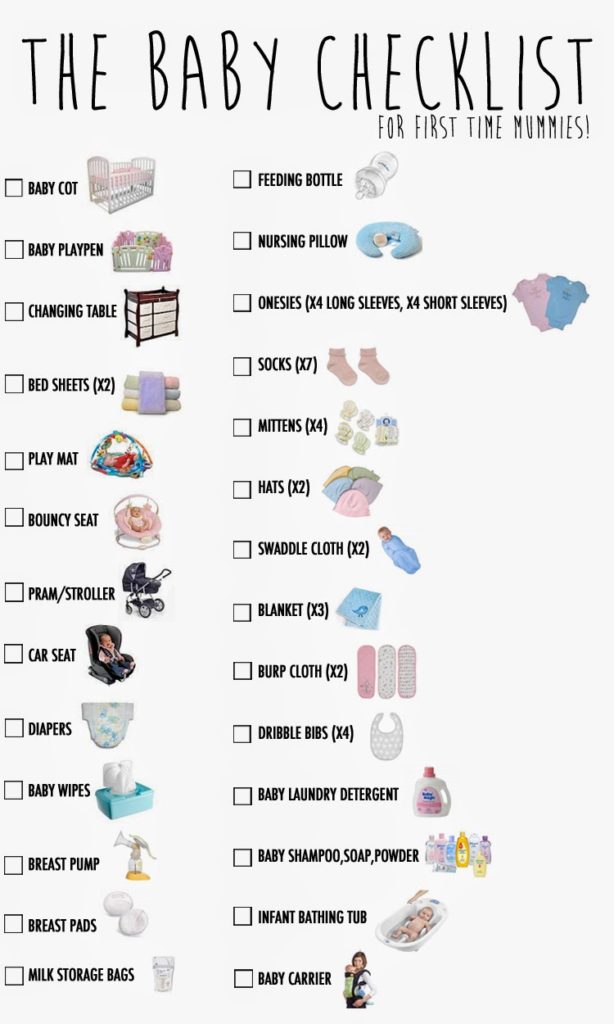- Written by Rebecca Gower, B.A., M.A., DSHM (hons)
If you are pregnant, it is hard not to think about the pain that is associated with labour at some point during pregnancy. This is especially true if you are pregnant with your first child. The good news is that the pain won’t last forever and you get the precious gift of your baby as the best present of having had to deal with that pain. It is also very possible that you could have a very different experience of labour with each child. For example, you may have a very quick labour with your first child and a slower, irregular labour with your second one- or vice-versa.
The Birth Plan:
Whether you want a home birth or a hospital birth; a natural birth or wish to choose medical interventions, having a birth plan is very important. This is so you and your partner or labour support person are on the same page. It is also vital that your care team know about your birth plan. This would be especially important if you are opposed to medical interventions, such as an epidural or the use of forceps, except in a case of an emergency. You can always change your mind if you feel for example, that the pain is unbearable. However, share this information with your partner or labour support person. The goal here is to try to create the conditions that lead to the labour experience that you and your family desire.
Natural Medicine for Labour & Delivery:
Whether or not you have chosen to have a natural birth or not, Homeopathy can play a huge role in dealing with a variety of issues in terms of labour and delivery. I believe that Homeopathic medicine is your best choice because it is gentle, safe for both the pregnant person and the baby, and will work quite quickly. Although it is most ideal to begin homeopathic treatment before trying to conceive and secondly, during pregnancy; homeopathy can still help with a variety of physical and mental/emotional issues that can occur during pregnancy.
To Lessen Bruising and Soreness:
You can use homepathic medicines to prevent and lessen the pain associated with the labour process. The remedy, Arnica Montana, can be taken prior to active labour and then after delivery. Arnica is used to lessen the feeling of bruised soreness that can accompany delivery and it is also useful to prevent and lessen bleeding. The protocol is to take 2 pellets of Arnica 200C when the early stages of labour have begun. You can continue to take this remedy after delivery to ease the soreness. I usually advise patients to place 2 pellets of Arnica 200C in a small water bottle and sip from this bottle every 15-30 minutes or as needed after delivery. The general rule of thumb is to reduce the frequency that you take a remedy when you start feeling an improvement. If you happen to have a Caesarian Section, you can also use the remedy Bellis Perennis (the Daisy) which has an affinity for soft tissue that is found in the abdominal area. You can also take a 200C after labour and reduce the frequency of dosing with improvement.
Excessive Pain During Labour:
Unfortunately, pain is a part of the experience of both labour and birth. You should expect a certain amount of pain during labour. However, if the pain becomes extreme or excessive, Homeopathy can play an important role in pain management during labour. I am highlighting a few remedies that may be useful.
Aconite: The excessive or extreme labour pains are accompanied by an extreme fear of labour. This is not your typical nervousness about how much labour will hurt, but a sudden and intense fear especially that you will not make it through the ordeal of labour and at some times, you may even think that you will die in the labour process. There may also be a lot of restlessness from the fear.
Chamomilla: If you have ever had a baby who suffered and was even angry during teething, you may already be familiar with this remedy. In the case of labour, the issue will not be so much the fear of labour as in Aconite, but actual hypersensitivity to pain. In fact, the reaction to the pain will be out of proportion to the actual intensity of the pain. Most often, the emotional state will range from intense irritability to anger. In fact, the hypersensitivity to pain will cause you to lash out to family members as well as to the physician or midwife in the room. There may also be thirst for cold water, redness of the face and pale urine.
Nux Vomica: This remedy is well-known for its irritability and exquisite sensitivity to noise, light and pain. In fact, it is the top remedy for irritability during pain. So, it makes sense that this can be a very useful remedy during labour. The pains during labour are so extreme that they cause fainting. Nux Vomica is one of the top remedies to think of in cases of fainting during labour. There may be a strong desire to urinate or to have a bowel movement with these intense pains which may interfere with labour because of spasms to the pelvic muscles.
Breech Position: This refers to a baby that is in an abnormal position, usually its buttocks or feet are the closest to the birth canal. It is actually the second most common fetal position prior to labour. In many cases, the fetus will turn on its own. Homeopathy can play are role in many situations of breech birth. The Homeopathic remedy Pulsatilla has been clinically demonstrated to help with the breech presentation especially where other symptoms match. In general, a woman needing Pulsatilla will tend to be easily moved to tears, she will be extremely worried about the health of her baby and she will be markedly worse from the heat, especially in a warm room, and will be much better walking slowly in the open air. She may crave eggs and other rich food which will make her actually feel worse. There will generally be a lack of thirst that may be accompanied by a dry mouth.
Weak, Ineffectual or Non-Progressive Labour:
Once again, this can be a common experience in labour, Sometimes, the contractions may be weak or not efficient enough to facilitate the labour process or you many have begun labour very quickly or stalled because of the position of the fetus or another reason. Homeopathy again can be very effective in resolving this complaint. Here are few remedies to consider:
Caulophyllum: Is one of the top remedies used to help facilitate the beginning of labour and weak or non-progressive labour. Caulophyllum works the best when the contractions don’t feel strong enough to expel the baby, and the woman in labour becomes both exhausted and irritated. Other symptoms to confirm its use in labour are the inability of the cervix to dilate in spite of spasmodic and severe contraction; needle-like pains in the cervix as well hard labour and bleeding without results. You may also notice shivering and thirst with a lot of weakness to the extent you may even be too tired to speak.
Cimicifuga: This remedy is often confused with Caulophyllum as both remedies work well for weak and ineffective labour. As you will see by the following description, it isn’t too hard to differentiate between the two remedies. While Caulophyllum is known for labour pains that fly around, Cimicifuga is known for misplaced labour pains. This means that instead of the pains focussed on the uterus, there may be pains in the thighs, hips and the back. Also, there is often intense emotion- to the point of hysteria- with the pains.
Kali-Carbonicum: This is a famous remedy for back labour. Kali-Carbonicum will work very well when there are very severe pains in the back. During labour, you might feel as if your back is broken or that it will break if the pain continues. Furthermore, rubbing or pressing will make the pains feel better. There can also be some very sharp pains in the uterus, but like Caulophyllum, the pains are not sufficient enough to expel the baby. Other symptoms to look out for include extreme chilliness to the point of trembling; and frequent burping which offers temporary relief.
Homeopathic Medicine for Pregnancy and Labour:
As you can see, Homeopathic medicine can be helpful with many types of issues that can come up during labour. In my experience, it is the ideal form of medicine during labour because it is gentle, safe and effective. Specifically, it can help ease the pain associated with labour, help facilitate the smooth transitions between the different stages of labour and help ease anxiety, fear and other emotions that can crop up during the process of bringing your baby into the world.
For further reading on this subject, try some of the following titles. These books can be ordered on-line at www.minimum.com and www.wholehealthnow.com.
Homeopathy for Pregnancy, Birth and Your Baby’s First Year Miranda Castro
Homeopathic Medicines for Pregnancy and Childbirth Richard Moskowitz
Homeopathy for the Modern Pregnant Woman and Her Infant Sandra J. Perko Geared to Midwives, Physicians and Homeopaths
Rebecca Gower, B.A., M.A., DSHM (hons), is a Homeopathic Physician who graduated from the Toronto School of Homeopathic Medicine- the only Homeopathic school in Canada certified by the Council of Homeopathic Education. Rebecca has studied with some of the pre-eminent Homeopaths in the world including Joseph Kellerstein, Andre Saine and Dr. D.P. Rastogi. She practices in Toronto and is happy to offer home visits to patients who live in Roncesvalles/High Park/Parkdale; the Junction and the Annex. Rebecca also offers complimentary mini-consultations about how Homeopathic medicine can improve your health and wellness. For more information, you can check out her blog at http://redpearlhomeopathy.blogspot.com or contact her through e-mail at
redpearlhomeopathy@gmail.com.









